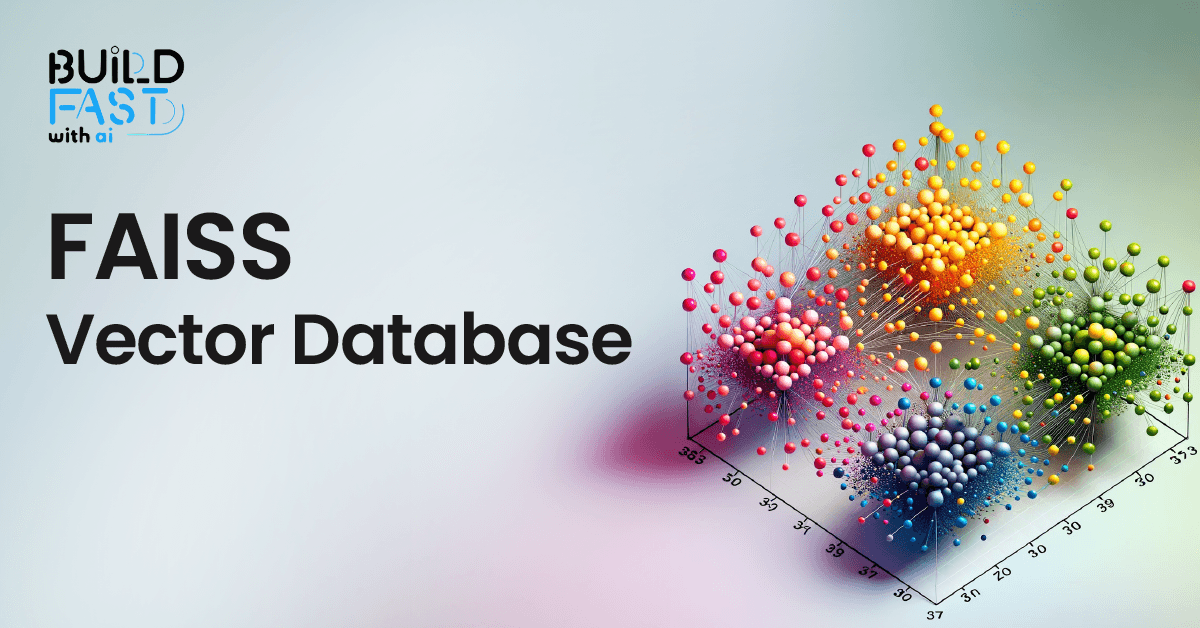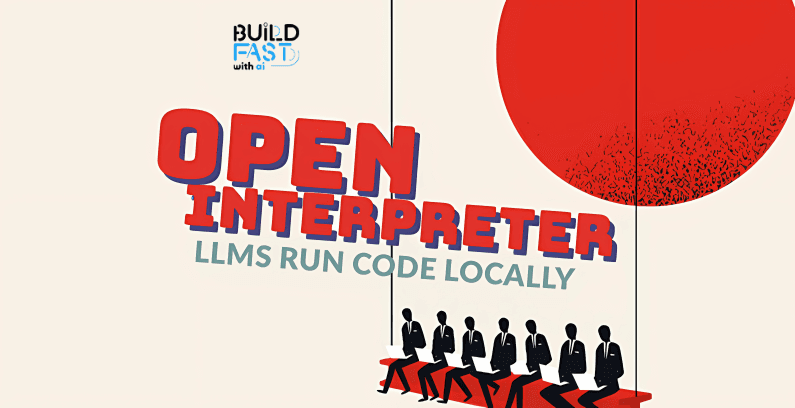FireCrawl: Advanced Web Scraping and Data Extraction for AI Applications
The blog will introduce "FireCrawl," a tool or framework designed for advanced web scraping and data extraction tailored to AI applications. It will discuss its relevance, features, and benefits, especially for professionals building AI-powered apps.

What’s the limit of AI’s potential?
At Gen AI Launch Pad 2024, redefine what’s possible. Step up and be the pioneer shaping the limitless future of AI.
Introduction
The explosion of artificial intelligence has created an insatiable demand for clean, well-structured, and actionable data. Web scraping, when done efficiently, can power AI models with real-time data, automate mundane tasks, and open new horizons for data-driven applications.
FireCrawl is a cutting-edge Python library designed specifically to tackle the challenges of modern web scraping. From handling dynamic pages to extracting structured formats like Markdown or HTML, FireCrawl empowers developers to focus on building innovative AI applications rather than struggling with data collection.
In this blog, you’ll learn:
- How to set up and install FireCrawl.
- Examples of basic and advanced web scraping tasks.
- Detailed code walkthroughs with expected outputs.
- Real-world use cases where FireCrawl shines.
- Resources for further learning.
Setup and Installation
To begin, install FireCrawl using pip. Here’s how to get started:
Code Snippet
pip install firecrawl-py
Explanation
This command installs the firecrawl-py library. It’s lightweight and designed to integrate seamlessly with AI and data workflows.
Configuring the API Key
FireCrawl uses an API key to authenticate your requests. Follow these steps to configure it securely in Google Colab:
Code Snippet
from google.colab import userdata
import os
# Fetch API key securely
os.environ['FIRECRAWL_API_KEY'] = userdata.get('FIRECRAWL_API_KEY')
# Assign the key to a variable
firecrawl_api_key = os.getenv("FIRECRAWL_API_KEY")
Explanation
- The
userdata.getmethod retrieves the API key directly from Colab's secure storage. - The API key is then stored in an environment variable to ensure it’s not exposed in your code.
Expected Output
This block doesn't generate visible output but ensures that your API key is ready for subsequent operations.
Visual Aid Suggestion
Include a screenshot of the Colab setup showing the API key retrieval process.
Scraping a Website
Here’s how you can scrape a website with FireCrawl and retrieve data in multiple formats:
Code Snippet
from firecrawl.firecrawl import FirecrawlApp
# Initialize FireCrawl with the API key
app = FirecrawlApp(api_key=firecrawl_api_key)
# Scrape a website
scrape_status = app.scrape_url(
'https://www.buildfastwithai.com/',
params={'formats': ['markdown', 'html']}
)
# Print the scraping status
print(scrape_status)
Explanation
- Initialization: The
FirecrawlAppclass initializes the library with your API key. - Scrape Website: The
scrape_urlmethod fetches data from the given URL.
- The
paramsdictionary specifies the desired output formats (markdownandhtml).
- Status Check: The output of
scrape_urlprovides feedback on whether the scraping was successful.
Expected Output
{
"status": "success",
"data": {
"markdown": "# Welcome to BuildFastWithAI\n...",
"html": "<html><body><h1>Welcome...</h1></body></html>"
}
}
This JSON-like response includes:
- A status indicating success or failure.
- The extracted data in the requested formats.
Real-World Use Case
- Use this data to power AI models that rely on up-to-date information from a particular domain.
- Automate the process of extracting structured content for blogs, research, or analytics.

Advanced Features of FireCrawl
- Handling Dynamic Content
- FireCrawl can interact with JavaScript-heavy websites by leveraging browser automation.
- Code Snippet
scrape_status = app.scrape_url(
'https://example.com/dynamic-page',
params={'formats': ['json']},
render=True # Enables JavaScript rendering
)
print(scrape_status)
- Explanation
- The
render=Trueparameter activates a headless browser to render JavaScript content before scraping.
- Expected Output
{
"status": "success",
"data": {
"json": {"key1": "value1", "key2": "value2"}
}
}
- Real-World Use Case
- Extract product listings, reviews, or user-generated content from e-commerce platforms.
- Crawling Multiple Pages
- FireCrawl supports crawling through multiple pages, gathering data from all linked pages.
- Code Snippet
crawl_status = app.crawl_website(
'https://example.com',
depth=2,
params={'formats': ['html']}
)
print(crawl_status)
- Explanation
- The
crawl_websitemethod explores the given URL up to the specified depth, scraping data from all reachable pages.
- Expected Output
{
"status": "success",
"pages_scraped": 25,
"data": {
"html": ["<html>...</html>", "<html>...</html>", ...]
}
}
Visual Aids
- Flowcharts to explain the crawling process.
- Bar charts showing scraped data volume across pages.
Data Transformation and Storage
Once data is scraped, FireCrawl provides options to clean and store it for downstream AI applications:
Code Snippet
cleaned_data = app.clean_data(scrape_status['data']['html'])
# Save cleaned data to a file
with open('cleaned_data.html', 'w') as file:
file.write(cleaned_data)
Explanation
- The
clean_datamethod removes unnecessary elements like ads or tracking scripts. - Saves the cleaned data to a local file for further processing.
Expected Output
A cleaned HTML file ready for integration with machine learning workflows.
Conclusion
FireCrawl bridges the gap between raw web content and actionable AI data. Its powerful scraping, crawling, and cleaning capabilities make it indispensable for developers aiming to automate data collection for AI applications.
Key Takeaways:
- FireCrawl simplifies complex scraping tasks, including dynamic content rendering and multi-page crawling.
- It outputs data in flexible formats like HTML, JSON, or Markdown, tailored to AI workflows.
- Integration with tools like Google Colab ensures secure and scalable usage.
Resources
---------------------------------
Stay Updated:- Follow Build Fast with AI pages for all the latest AI updates and resources.
Experts predict 2025 will be the defining year for Gen AI implementation.Want to be ahead of the curve?
Join Build Fast with AI’s Gen AI Launch Pad 2025 - your accelerated path to mastering AI tools and building revolutionary applications.
AI That Keeps You Ahead
Get the latest AI insights, tools, and frameworks delivered to your inbox. Join builders who stay ahead of the curve.
You Might Also Like

How FAISS is Revolutionizing Vector Search: Everything You Need to Know
Discover FAISS, the ultimate library for fast similarity search and clustering of dense vectors! This in-depth guide covers setup, vector stores, document management, similarity search, and real-world applications. Master FAISS to build scalable, AI-powered search systems efficiently! 🚀

7 AI Tools That Changed Development (November 2025)
Week 46's top AI releases: GPT-5.1 runs 2-3x faster, Marble creates 3D worlds, Scribe v2 hits 150ms transcription. Discover all 7 breakthrough tools.

Open Interpreter: Local Code Execution with LLMs
Discover how to harness the power of Large Language Models (LLMs) for local code execution! Learn to generate, execute, and debug Python code effortlessly, streamline workflows, and enhance productivity. Dive into practical examples, real-world applications, and expert tips in this guide!

